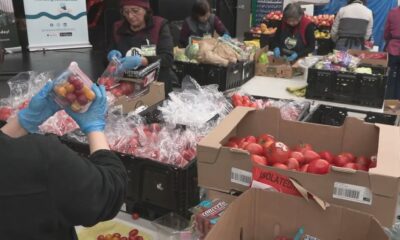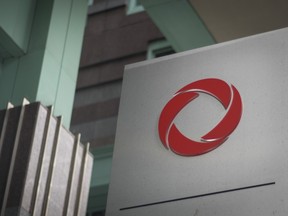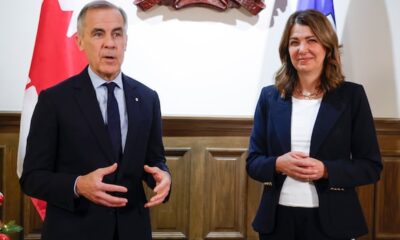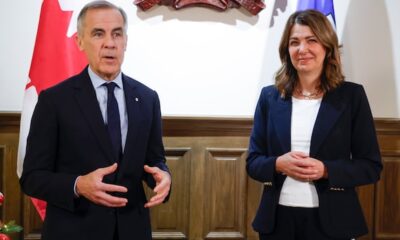World
Federal Investment Fuels Expansion of Metro Vancouver’s Waste-to-Energy System
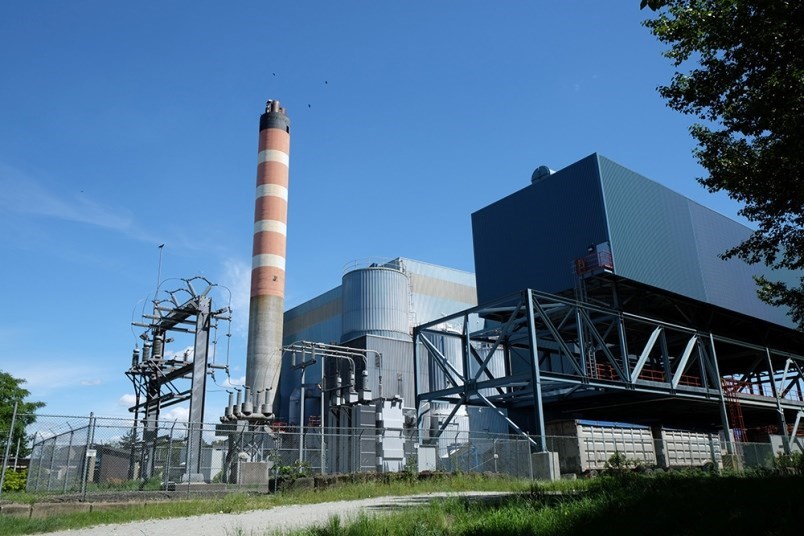
A new waste-to-energy initiative in Metro Vancouver is set to receive significant support from the federal government. On March 12, 2024, Wade Grant, Parliamentary Secretary to the Minister of Environment and Climate Change, announced a federal investment of $2.5 million aimed at enhancing the region’s energy system. This funding will facilitate upgrades to the existing waste-to-energy facility located in Burnaby, which currently processes approximately 250,000 tonnes of waste annually.
The facility already provides heating for around 16,000 homes, and the planned enhancements are expected to expand its capacity to serve 50,000 homes, more than tripling its current capability. Grant emphasized the project’s goal: “to turn what we throw away into something that gives back.” By upgrading the system, the project aims to significantly reduce reliance on natural gas and lower both costs and greenhouse gas emissions.
The anticipated upgrades will enable hot water to be distributed through an underground piping network to nearby residential and commercial developments. The first recipients of this service will be homes in Vancouver’s River District, where many buildings currently depend on natural gas for heating. This transition is projected to cut greenhouse gas emissions by up to 70,000 tonnes annually, aligning with Metro Vancouver’s sustainability objectives.
Malcolm Shield, Vice-President of Sustainability for Wesgroup Properties, highlighted the growing community in the River District. Currently, there are about 5,000 residents in the area, but this number is expected to rise to 18,000 by the completion of the project. Shield noted that River District Energy, the utility overseeing the development, evaluated various alternatives for replacing gas heating. Ultimately, the waste-to-energy solution emerged as the most cost-effective option over time.
“You get the economies of scale,” Shield stated. “That means our consumers get the lowest cost.” He further explained that without capturing the heat generated in the incineration process, it would simply be released into the atmosphere.
Gregor Robertson, Minister of Housing and Infrastructure and MP for Vancouver Fraserview-South Burnaby, stressed the importance of creating resilient infrastructure and housing that can sustain future needs. He stated, “We need to look after ourselves to make sure we’re future proof.”
The project is also notable for its scale, with Mike Hurley, Chair of Metro Vancouver’s Board of Directors, describing it as “North America’s largest low-carbon district energy system.” The federal funding will be drawn from the Federal Low Carbon Economy Fund and will assist in addressing the project’s debt financing needs, thereby contributing to the overall reduction of energy costs for consumers.
The total projected cost of the waste-to-energy initiative is estimated at $217 million. Initial funding will come through new borrowing but will remain consistent with Metro Vancouver’s existing financial plan. According to Metro spokesperson Greg Valou, revenue from energy sales is expected to make the energy system cost-neutral over time.
This initiative reflects a growing trend towards sustainable energy solutions in urban environments, demonstrating how waste can be transformed into a valuable resource while contributing to significant environmental benefits.
-

 Politics4 weeks ago
Politics4 weeks agoSecwepemc First Nation Seeks Aboriginal Title Over Kamloops Area
-

 World5 months ago
World5 months agoScientists Unearth Ancient Antarctic Ice to Unlock Climate Secrets
-

 Entertainment5 months ago
Entertainment5 months agoTrump and McCormick to Announce $70 Billion Energy Investments
-

 Science5 months ago
Science5 months agoFour Astronauts Return to Earth After International Space Station Mission
-

 Lifestyle5 months ago
Lifestyle5 months agoTransLink Launches Food Truck Program to Boost Revenue in Vancouver
-

 Technology3 months ago
Technology3 months agoApple Notes Enhances Functionality with Markdown Support in macOS 26
-

 Lifestyle3 months ago
Lifestyle3 months agoManitoba’s Burger Champion Shines Again Amid Dining Innovations
-

 Top Stories2 months ago
Top Stories2 months agoUrgent Update: Fatal Crash on Highway 99 Claims Life of Pitt Meadows Man
-

 Politics4 months ago
Politics4 months agoUkrainian Tennis Star Elina Svitolina Faces Death Threats Online
-

 Sports5 months ago
Sports5 months agoSearch Underway for Missing Hunter Amid Hokkaido Bear Emergency
-

 Politics5 months ago
Politics5 months agoCarney Engages First Nations Leaders at Development Law Summit
-

 Technology5 months ago
Technology5 months agoFrosthaven Launches Early Access on July 31, 2025



